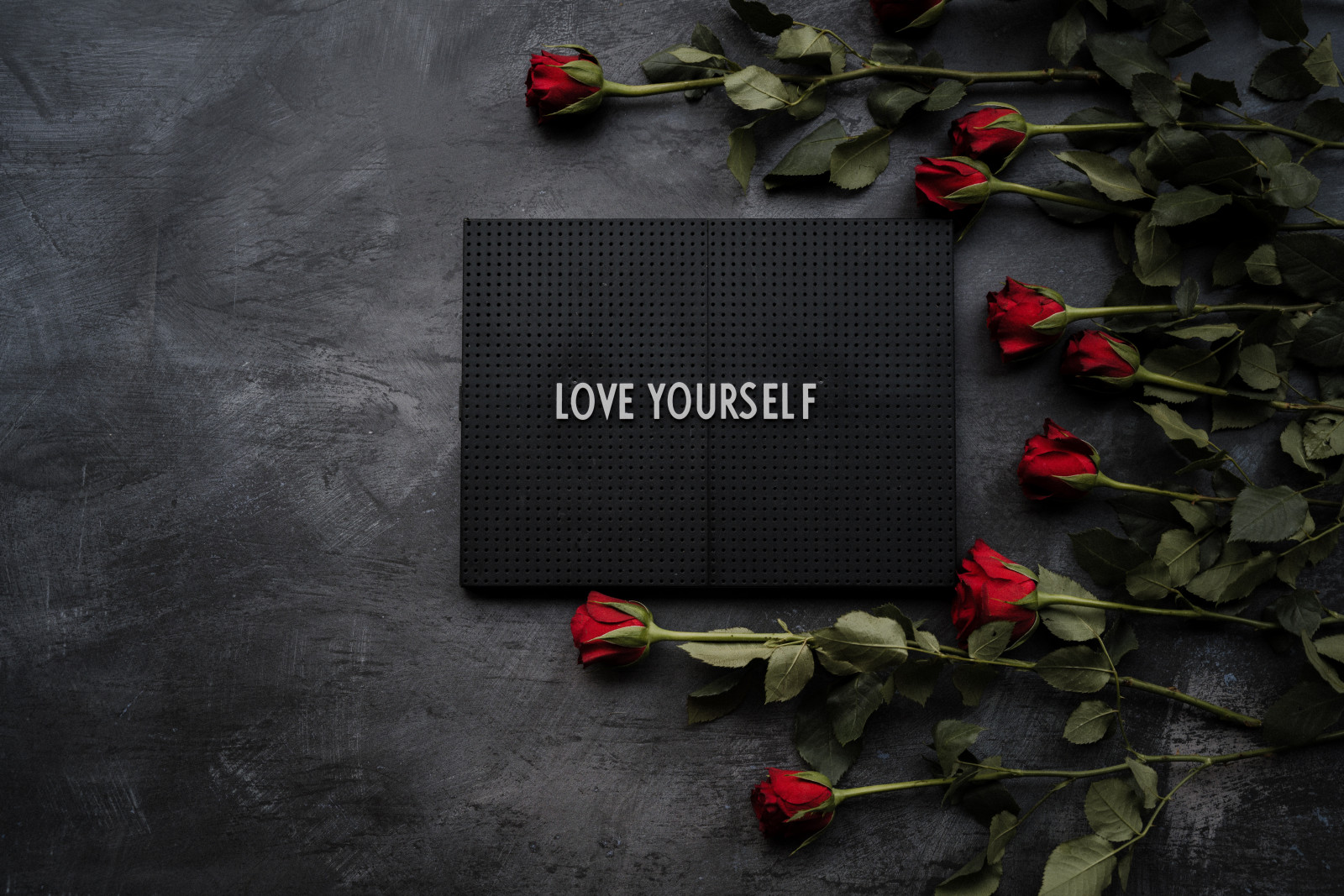
Migraines can be a nightmare, especially if you experience them frequently. They are debilitating and can come with symptoms like nausea, vomiting, sensitivity to light and sound, and an aura. You can be bedridden for days with a severe episode, leading to missed work or social events. If you're someone who experiences migraines regularly, you'll know how it can interfere with your daily life. And as you age, you may be wondering if these migraines will get worse. In this blog post, we'll tackle that question.
If you're one of those people who have experienced migraines since childhood, you may have noticed some changes as you grew older. Your triggers may be different, the frequency might have increased or decreased, the pain might have evolved, and your coping mechanisms might have changed. However, we need to answer the most important question - do migraines get worse with age?
According to research, migraines can worsen with age, but that doesn't mean that everyone who experiences migraines will have severe episodes as they age. Some people may find that their migraines improve as they get older, while others may experience it more often. Women are also more likely to have more severe migraines as they age, particularly after menopause.
One reason why migraines might get worse with age is the hormonal changes that women experience. As your hormone levels fluctuate, it can trigger migraines. Menopause can also cause hormonal imbalances that can lead to severe migraines. Another reason could be changes in your lifestyle, stress levels, or sleep patterns, which can impact your overall health and trigger more migraines.
Prevention is crucial when it comes to migraines. It's essential to identify your triggers and avoid them as much as possible. If you notice that your migraines have worsened with age, talk to your doctor. There are medications and alternative therapies that can help manage migraines.
If you experience migraines frequently, it's also vital to have a support system in place. Talk to your family, friends, or colleagues about your condition. Having someone who can understand your struggles and provide you with the support you need can make a big difference.
In conclusion, migraines can worsen with age, but it's not a given that everyone who experiences migraines will have severe episodes as they age. Women are more likely to experience severe migraines as they age, particularly after menopause, due to hormonal changes. Changing hormone levels, lifestyle, stress, and sleep patterns can impact your overall health and trigger more migraines. If you experience migraines frequently, talk to your doctor about various therapies to manage your condition. Remember, it's essential to have a support system in place to help you through the process of dealing with migraines.
By the way, I've gone from 16 to 24 migraine days per month to less than 1 per month by eliminating these from my diet along with a few other things I learned in an 11 Day Jumpstart that my friend put together. The best part is that it is totally FREE, all you need is the supplement that is used. Just shoot me a message, and I'll get you in!

If you are a stay-at-home mom like me, you know how debilitating and challenging it can be to manage daily responsibilities while dealing with migraines. While medication can help, it’s important to consider how diet impacts your body. Just like removing weeds from your garden like I've been doing the last few days, removing certain foods from your diet can make space for the nourishing produce that can help reduce migraines. In this blog post, I’ll share the best things to remove from your diet to reduce migraines.
Caffeine – While caffeine can provide some relief for headaches, it can also trigger migraines, especially if consumed in excess. Coffee, tea, chocolate, and energy drinks are some of the common sources of caffeine. It’s best to gradually decrease your caffeine intake if you’re addicted and going cold turkey might result in withdrawal headaches.
Processed Food –The chemicals and additives in processed foods are known migraine triggers. Processed meats, cheese, bread, canned soups, and pre-packaged snacks should be avoided. Opt for fresh, whole food choices such as fruits, vegetables and whole grains, and lean proteins.
Alcohol – Alcohol can dilate blood vessels in the brain and trigger inflammation that leads to migraines. Wine, beer, and hard liquor all contain alcohol and should be avoided. If you enjoy a drink occasionally, go for a small serving or consider eliminating it altogether from your diet.
Refined Sugar – High sugar intake can trigger insulin spikes, inflammation, and contribute to obesity and other health issues. Sugar can be found in many foods like cereals, candies, baked goods, fast food, and soft drinks. Look for natural sweeteners such as honey, maple syrup, or coconut sugar as a healthier alternative.
Dairy Products – Some individuals experience migraines due to lactose intolerance. You can consider avoiding dairy products like milk, cheese, yogurt, or switching to lactose-free alternatives like almond milk or soy milk. Choosing alternative protein sources like nuts, seeds, and legumes can help to reduce dairy intake as well.
As you can see, weeding out some of the problematic foods from your diet can make a significant difference in reducing migraines. It’s important to listen to your body and identify which specific foods trigger your migraines. Keeping a food diary can help you keep track. Replacing them with wholesome foods like fruits, vegetables, and lean proteins can make room for better health and vitality. Don't forget to include other self-care techniques such as exercise, hydration, and relaxation to help prevent and manage migraines. Remember, every small change counts when it comes to optimizing your health.
By the way, I've gone from 16 to 24 migraine days per month to less than 1 per month by eliminating these from my diet along with a few other things I learned in an 11 Day Jumpstart that my friend put together. The best part is that it is totally FREE, all you need is the supplement that is used. Just shoot me a message, and I'll get you in!

Being a stay-at-home mom is both gratifying and challenging. You get to witness your children grow up, take care of your household, and make your family a happy one. However, being a mom also means sacrificing a lot of things, like taking care of yourself while being responsible for everyone else.
I meet a lot of stay-at-home moms who are suffering from chronic migraines. They experience recurring headaches, sensitivity to light and sound, and reduced productivity which all later affect their mental and physical health. In most cases, these migraines are caused by lack of boundaries, stress, and overworking. If you've been experiencing similar problems, it’s about time you consider setting up some boundaries.
Identify the Problem
Many moms will continue to overextend themselves because they want to be perfect. But perfection is impossible, and it is the source of underlying anxiety that leads to migraines. Identify the areas you feel are taking up your energy and contributing to stress. Are you saying "yes" to more than you can handle? Do you have someone in your life who takes advantage of your accommodating nature? Identifying these problems is the first step to setting healthy boundaries.
Prioritize your Health
Your health should be your top priority. It’s not selfish to take time and rest. Sometimes, we overwork because we want to be superheroes to our families, but being too busy only leads to more stress and health problems. As a natural health consultant, I emphasize the importance of giving yourself time to rest and recharge. Consider having at least 30 minutes of "me time" daily to reset and relax.
End the Guilt Trips
Feeling guilty is a common theme among moms when we try to prioritize ourselves. Remember that you are worthy of taking care of yourself and that your health contributes to your family's well-being. When someone tries to guilt you, recognize it and respond in a friendly, but firm way. No one should make us feel guilty for taking care of ourselves.
Set Limits
Limits are essential for maintaining mental, emotional, and physical health. Boundaries are about limitations placed on your time, energy, and relationships. Learn to say no to things that do not contribute to your well-being, and prioritize the tasks that help you become the best version of yourself.
Communicate
Boundaries should be communicated effectively. Explain to your loved ones why you are setting boundaries, what your boundaries are, and why they are important for you. Communicating boundaries doesn’t have to be confrontational, nor does it mean you are not loving or kind.
Being a stay-at-home mom does not mean you have to experience chronic migraines. Setting up boundaries is a way to protect your mental, emotional, and physical health. Remember, you are in charge of your life, and you should set your limitations. You are in control of your life, and boundaries are just a way to define that control better.
By learning to identify the problem, prioritizing your health, ending guilt trips, setting limits, and communicating, you can improve your life quality. Remember that boundaries are not walls, they are not about keeping out the people you love, it's about protecting what you value. Say enough is enough and prioritize yourself and your health.
Would you like to dive a little deeper into topics like this? Join an encouraging Facebook community of moms who are going from Debilitated to Liberated! Click Here

Hey there, busy mom! Do you often suffer from debilitating migraines that force you to cancel playdates, miss important meetings, and crash on the couch for hours? Are you tired of popping pills that only alleviate the symptoms but never address the root cause of your headaches? If you answered yes, then you might need to detox your lymphatic system. Wait, what? You might be wondering. Don't worry; it's not as scary or complicated as it sounds. In this post, I'll explain what the lymphatic system is, why it matters, and how you can support it naturally to banish headaches forever. Let's get started!
First things first, what is the lymphatic system, and why should you care about it? The lymphatic system is a network of vessels, nodes, organs, and tissues that work together to remove waste, toxins, and excess fluid from your body. Think of it as your body's garbage collector, but much cooler. The lymphatic system is also essential for your immune system since it helps to identify and destroy invaders like bacteria, viruses, and cancer cells. When your lymphatic system is sluggish or clogged, toxins and waste build up in your body, leading to inflammation, pain, and other health issues, including headaches. Now that you understand why the lymphatic system matters let's dive into how to detox it.
Hydrate Like a Boss:
Staying hydrated is one of the simplest and most effective ways to support your lymphatic system. Drinking enough water helps to flush out toxins, lubricate your joints, and boost your energy. Aim for at least eight cups of water a day, and add some lemon or cucumber slices for extra flavor and detox power.
Move Your Body:
Exercise is another excellent way to get your lymphatic system moving. When you move your body, you stimulate the flow of lymph and blood, which helps to remove waste and reduce inflammation. You don't have to go to the gym or run a marathon to reap the benefits of exercise. Simply walking, dancing, yoga, or swimming can do wonders for your lymphatic system and overall health.
Dry Brushing:
Dry brushing is an ancient technique that involves brushing your skin in circular motions with a dry brush before taking a shower or bath. Dry brushing helps to exfoliate your skin, improve circulation, and stimulate lymph flow, leading to better immune function and detoxification. It's also a great way to pamper yourself and give your skin a healthy glow.
Eat Clean:
Eating a diet rich in whole, nutrient-dense foods is vital for supporting your lymphatic system. Avoid inflammatory foods like processed snacks, sugary drinks, and fast food, and focus on fresh fruits, vegetables, whole grains, lean protein, and healthy fats. Some foods that are particularly beneficial for your lymphatic system include berries, leafy greens, turmeric, garlic, and ginger.
Practice Relaxation:
Stress is a major contributor to lymphatic congestion and inflammation, so it's essential to take time to relax and destress. Try to incorporate some relaxation techniques into your daily routine, such as meditation, deep breathing, yoga, or simply taking a hot bath with Epsom salt. These practices can help to reduce stress, tension, and anxiety, and promote lymphatic drainage and detoxification.
Congratulations, mama! You made it to the end of this post, which means you're one step closer to banishing headaches forever. Remember that detoxing your lymphatic system is not a one-time event but a lifestyle, a commitment to your health and well-being. By staying hydrated, moving your body, dry brushing, eating clean, and practicing relaxation, you can support your lymphatic system naturally and prevent headaches and other health issues. So, take care of yourself and your lymphatic system, and enjoy a headache-free life. You deserve it!
Would you like to dive a little deeper into topics like this? Join an encouraging Facebook community of moms who are going from Debilitated to Liberated! Click Here

I've come across many clients who are experiencing debilitating migraines on a weekly basis. While these migraines can be triggered by several factors, many of them are linked to stress – particularly stress from a relationship. It's no secret that relationships can be challenging; yet, they are fundamental to our well-being. But, what happens when you lose sight of where your boundaries end, and your partner's begin? You end up with poor boundaries in a relationship. In this blog post, I'll explore what poor boundaries look like and how they can impact your health.
Lack of Privacy. A clear sign of poor boundaries in a relationship is a lack of privacy. It may seem insignificant at first, but you might be surprised by how much this can impact your relationship, particularly if you're an introvert or value your personal space. If your partner can't respect your need for privacy, you might find yourself feeling anxious, stressed, or even resentful. Talk to your partner and set boundaries around your personal space, time, and belongings.
Blurred Lines. Another symptom of poor boundaries in a relationship is blurred lines. This occurs when you and your partner are unable to tell where one person ends, and the other begins. You might feel like you've lost your sense of identity and autonomy. For example, you may feel like you're spending all your time pleasing your partner, or that you are always compromising your needs for theirs. This can lead to feelings of exhaustion, overwhelm, or even depression.
Conditional Love. Poor boundaries in a relationship can also manifest in conditional love or reward-based behavior. This happens when your partner only shows you love or affection when you behave a certain way, or meet their desired standards. This kind of emotional manipulation can be damaging to your self-esteem and sense of self-worth. Remember, love should be unconditional and accepting of all aspects of yourself – the good, the bad, and the ugly.
Codependency. Codependency is a term used to describe a relationship dynamic where one person loses their sense of self, becoming wholly reliant on their partner's happiness and well-being. This can be a result of poor boundaries, where one person places their partner's needs above their own, leading to an imbalance in the relationship. Over time, this can lead to resentment, frustration, and a loss of identity. Codependency is challenging to address, but with help from a professional, it's possible to overcome.
Unresolved Conflict. Finally, poor boundaries in a relationship can result in unresolved conflicts. If you and your partner are unable to communicate effectively, set boundaries around communication, or compromise, it can lead to lingering conflicts that never get resolved. This can breed resentment, frustration, and further damage to the relationship. If you want to build healthy boundaries, you must be willing to communicate openly, honestly, and respectfully with your partner.
Poor boundaries in a relationship can impact your well-being and can result in a host of negative symptoms. By setting firm boundaries with your partner, you can create a healthy relationship that values your needs, desires, and personal space. Remember, a relationship should enhance your life, not make it more challenging. If you're struggling with poor boundaries, reach out to a professional for guidance and support. With the right tools and mindset, you can build healthy, lasting relationships that bring joy, love, and fulfillment into your life.
Would you like to dive a little deeper into topics like this? Join an encouraging Facebook community of moms who are going from Debilitated to Liberated! Click Here












